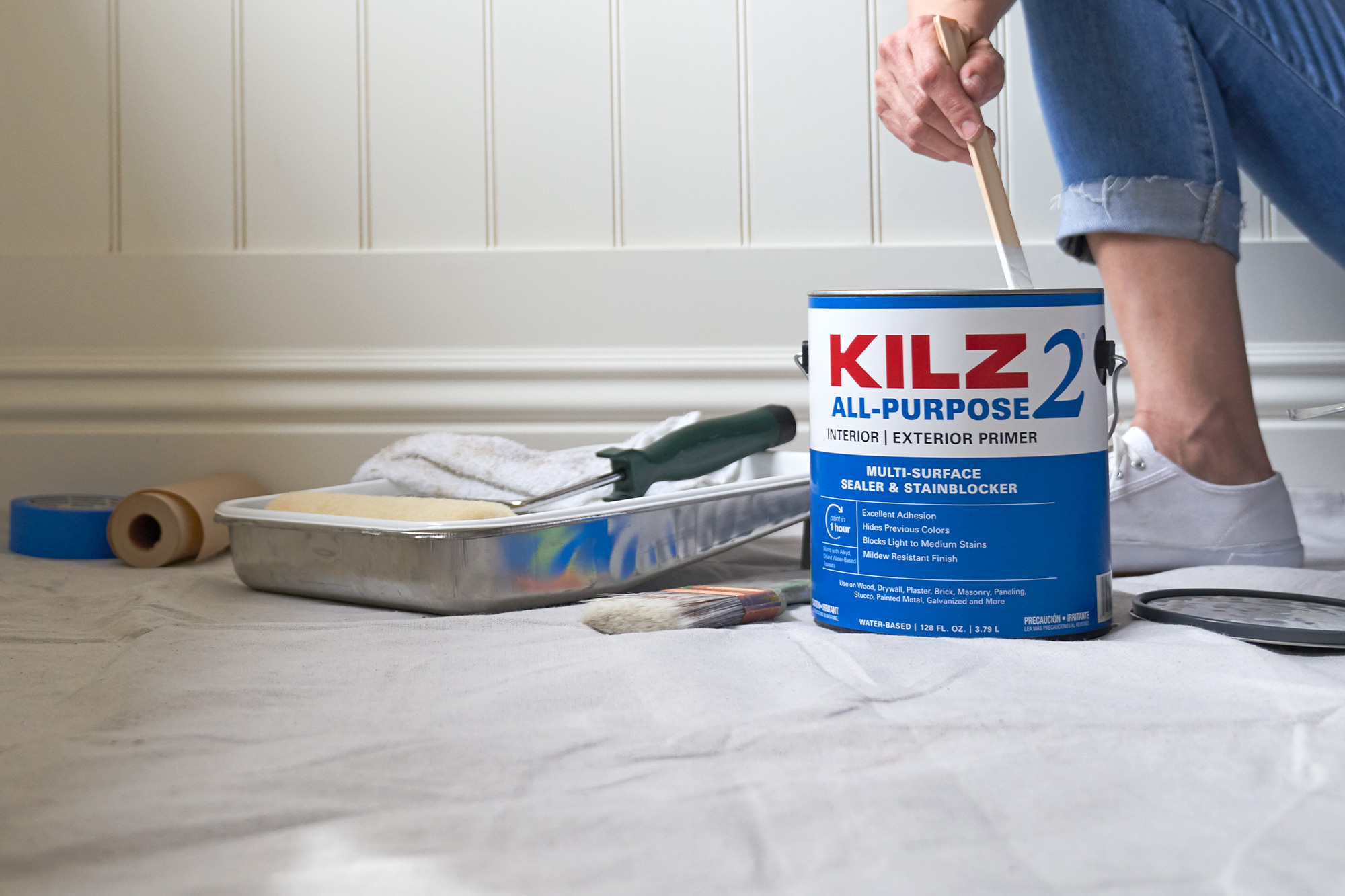
Best of Primer Tips: What Did We Learn This Year?
November 21, 2023To inspire another productive year ahead, let our pro primer tips 2023 recap be your guide. You already know how important a good primer is to any successful painting project, but the finer point may be less clear. That’s why we’re recapping some of the best primer tips of the year and taking a moment to appreciate just how much we learned.
Tip #1: Save time, money, and labor by using primer.
Because it is formulated to solve specific problems before you paint, primer creates an ideal surface for lasting results. This means there’s less likelihood that you’ll have to retouch or redo a project in the short-term. By sealing porous surfaces evenly, for example, you’ll use fewer topcoats, and since primer costs less than the topcoat, using a primer first and then applying the topcoat is cheaper than applying multiple coats of topcoat only.
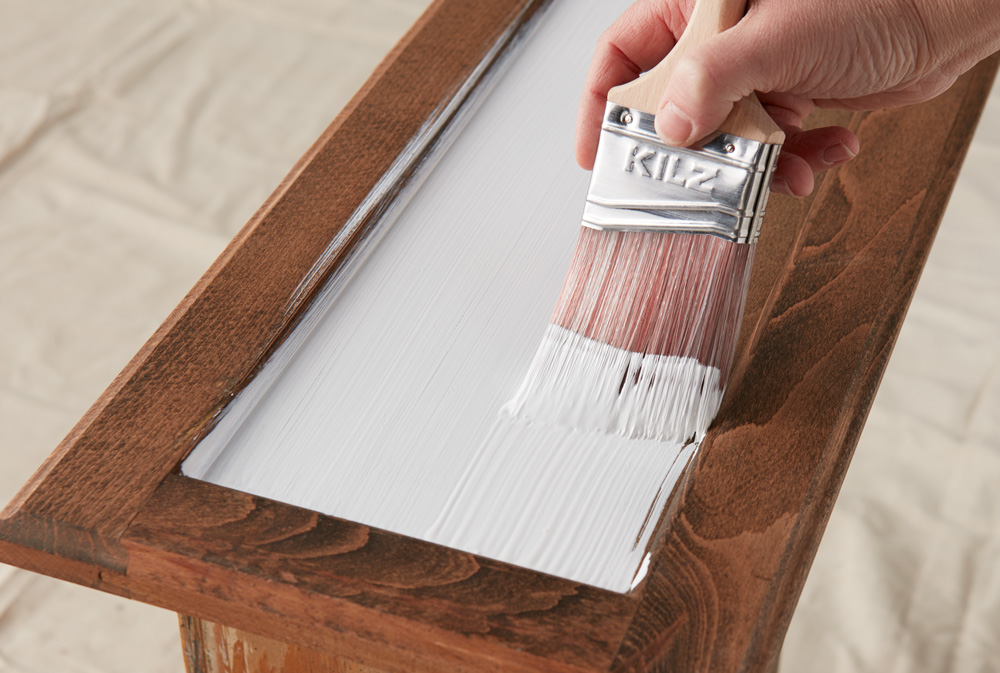
Tip #2: Choose the right primer for your substrate.
Before beginning any painting project, identify the type of surface you want to prime and paint. Different substrates accept coatings differently, which is why KILZ formulated a primer with each surface type in mind. Also take note of your surface’s condition. What circumstances should be addressed before applying a coating? Lastly, identify the environmental conditions where the surface is located. Is it damp? Will it be exposed to weather damage and temperature fluctuations? Each of these conditions dictates the primer and paint you choose to use.
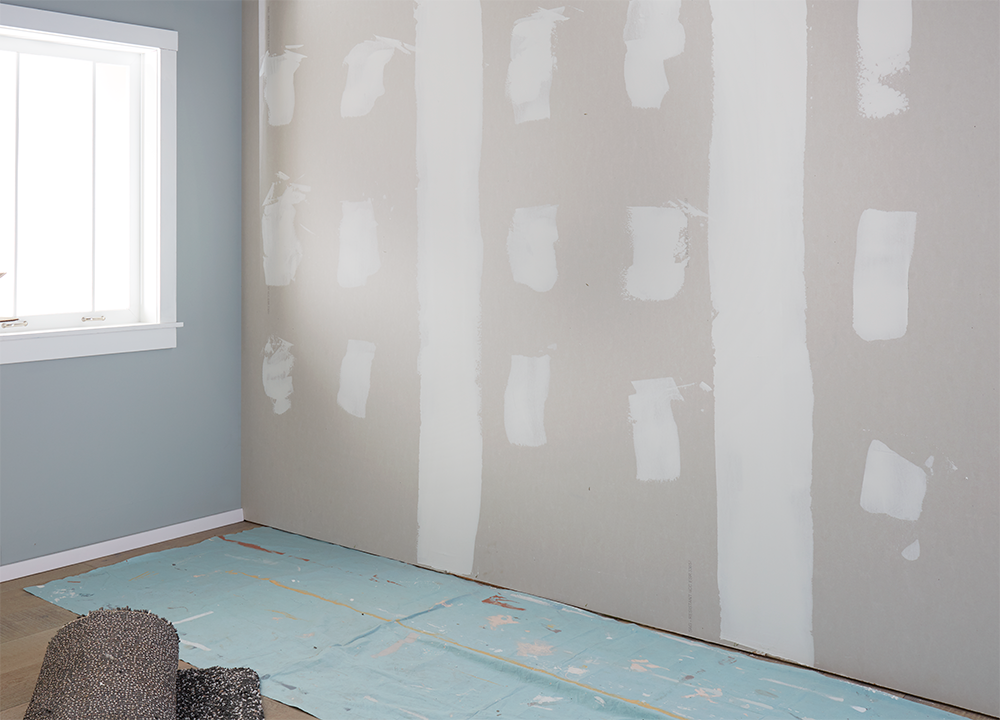
Tip #3: Know your project details ahead of time so you can prepare.
Preparation is key before starting any paint project. You should know the products you’ll need and what steps to follow. For most projects, you can trust a multi-surface primer to prepare the surface for painting, but more complex situations require a specialty formula primer—such as mold, stains, and odors. Preparing for the job beforehand will help things run smoothly from start to finish. Not sure where to start? Review this checklist.
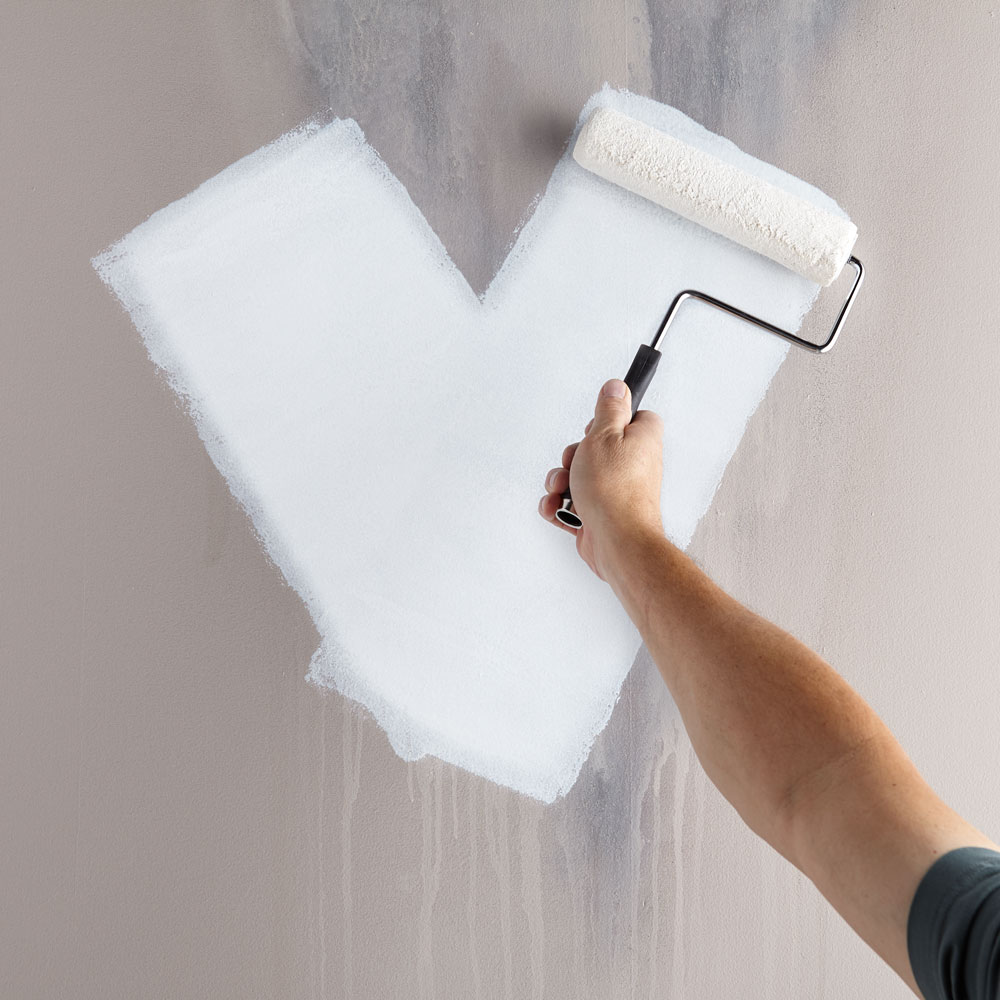
Tip #4: The right application can make a big difference.
Quality usually comes at a higher price than a cheaper alternative, but the results are worth it. Besides selecting a quality applicator, the construction of the applicator should be compatible with the chemistry of the coating being applied. Some brushes are built for water-based products, some are designed to work with oil-based products, and some will work with both. Most rollers are compatible with oil- and water-based products. This information is usually listed on the packaging, so make sure to check for it when choosing an applicator.
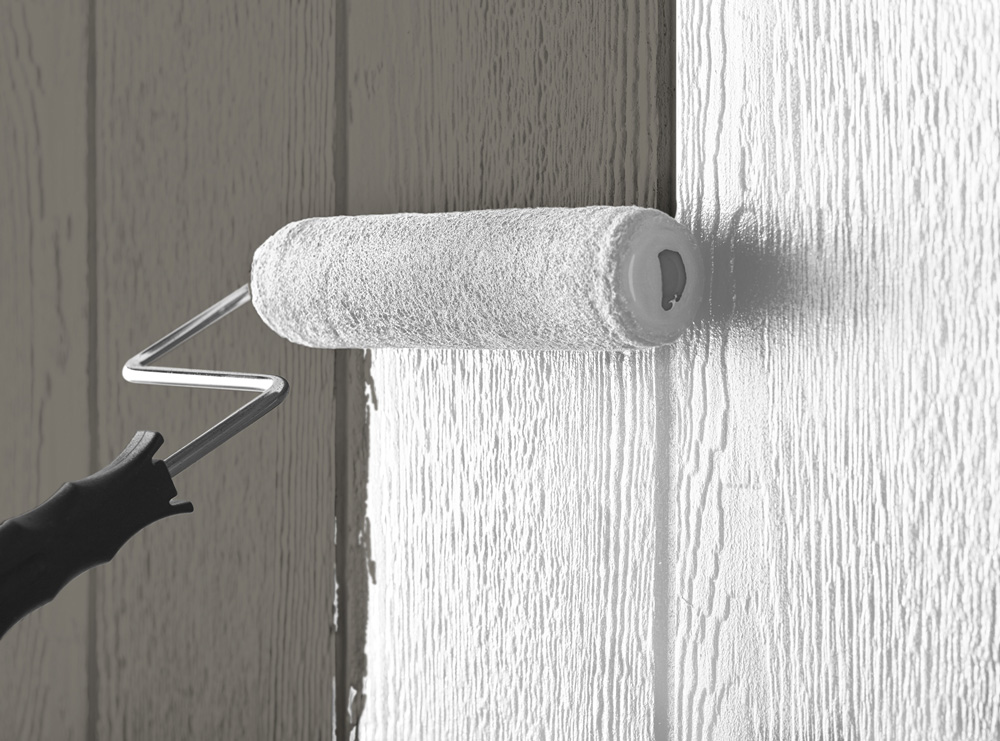
Tip #5: Know when to use primer and when paint & primer in one will work.
The idea of saving time and money by skipping a step in the painting process is appealing, and while many paint and primers in one (PPIO) boast this claim, it’s not always that simple. While it can work for some jobs, more specialized products will give you better results depending on the situation. For example, PPIO can work well on pre-painted surfaces without a drastic change in color or texture, but this is possibly the only reason to choose it. If your job is more complex than that, it’s best to opt for a specialized primer in addition to paint.
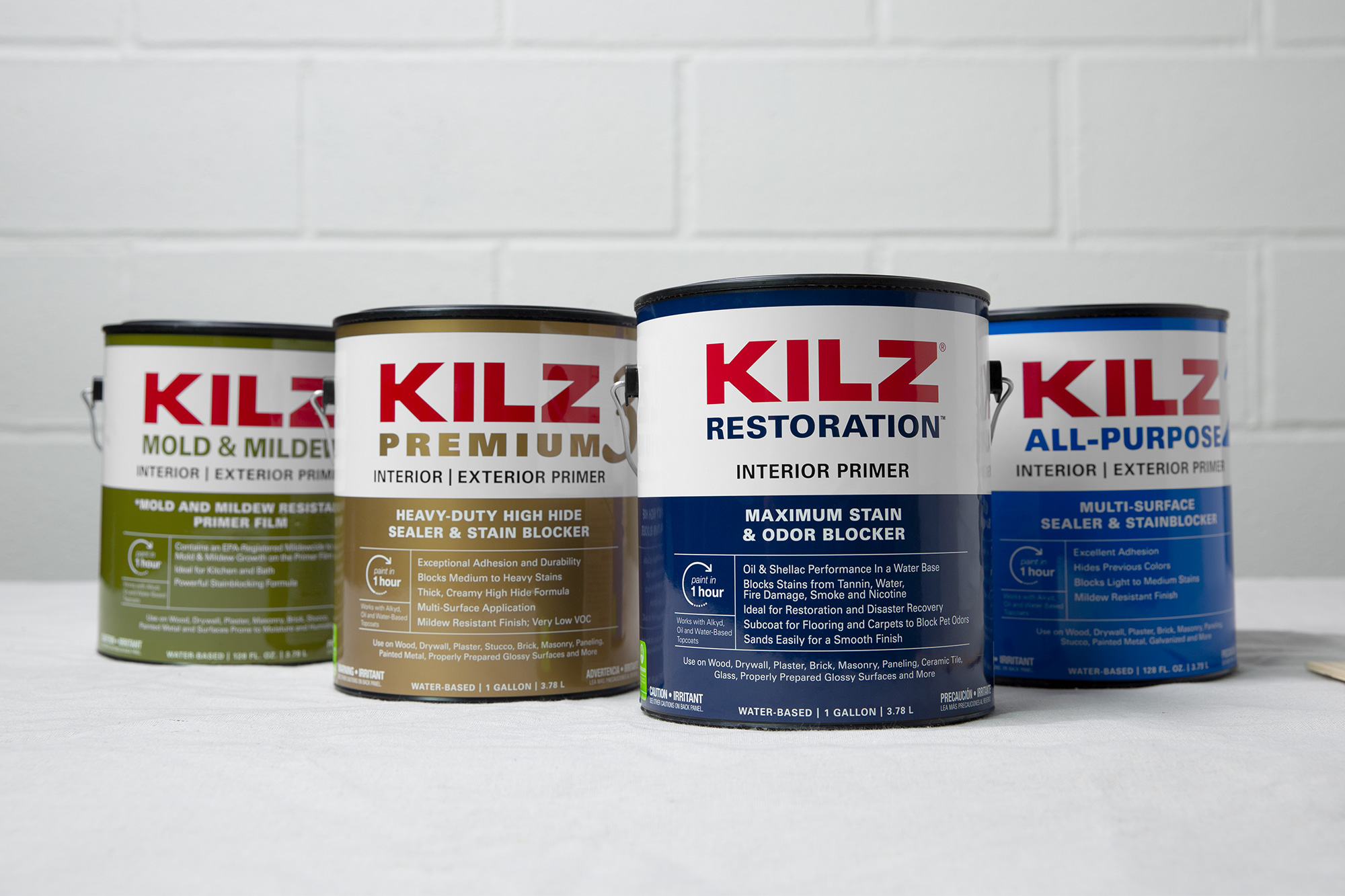
Tip #6: Understand the different types of sheen and choose wisely.
If chosen incorrectly, sheen can amplify surface imperfections, make a surface shinier (or flatter) than intended, or not provide enough durability for the space. Some sheens are easier to clean than others and can provide a barrier against moisture, mildew, and other grime. The darker and richer a paint color is, the more colorant it contains, which boosts sheen. If you’ve chosen a rich or dark paint, and you don’t want it to turn out super shiny, choose one with a lower sheen. In the same vein, if painting a large, sun-washed, or flawed surface, a lower sheen paint is best for hiding imperfections.
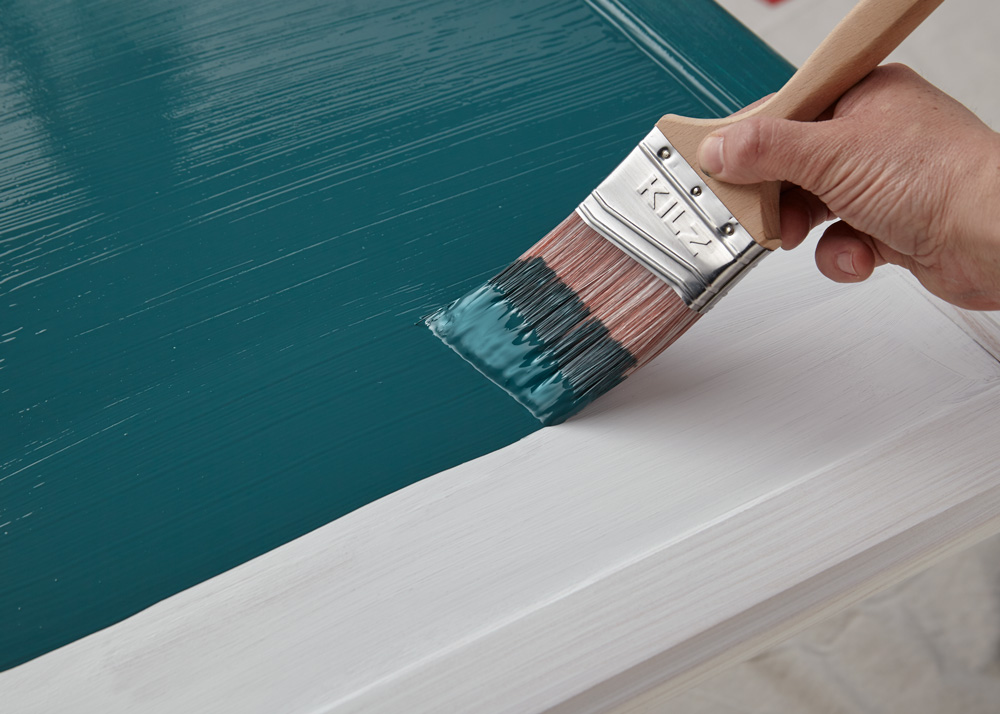
For more helpful tips like these, be sure to check back in with us so that you can tackle all your future projects with confidence. KILZ® Primers are here to make your DIY dreams a success. We hope you had a productive year and can’t wait to see what will inspire you in 2024.
Always remember to refer to our website kilz.com or product back labels for additional information on which primer is right for your project and detailed instructions on how to apply our products. Check out our Coverage Calculator to understand your estimated paint needs for your upcoming project.
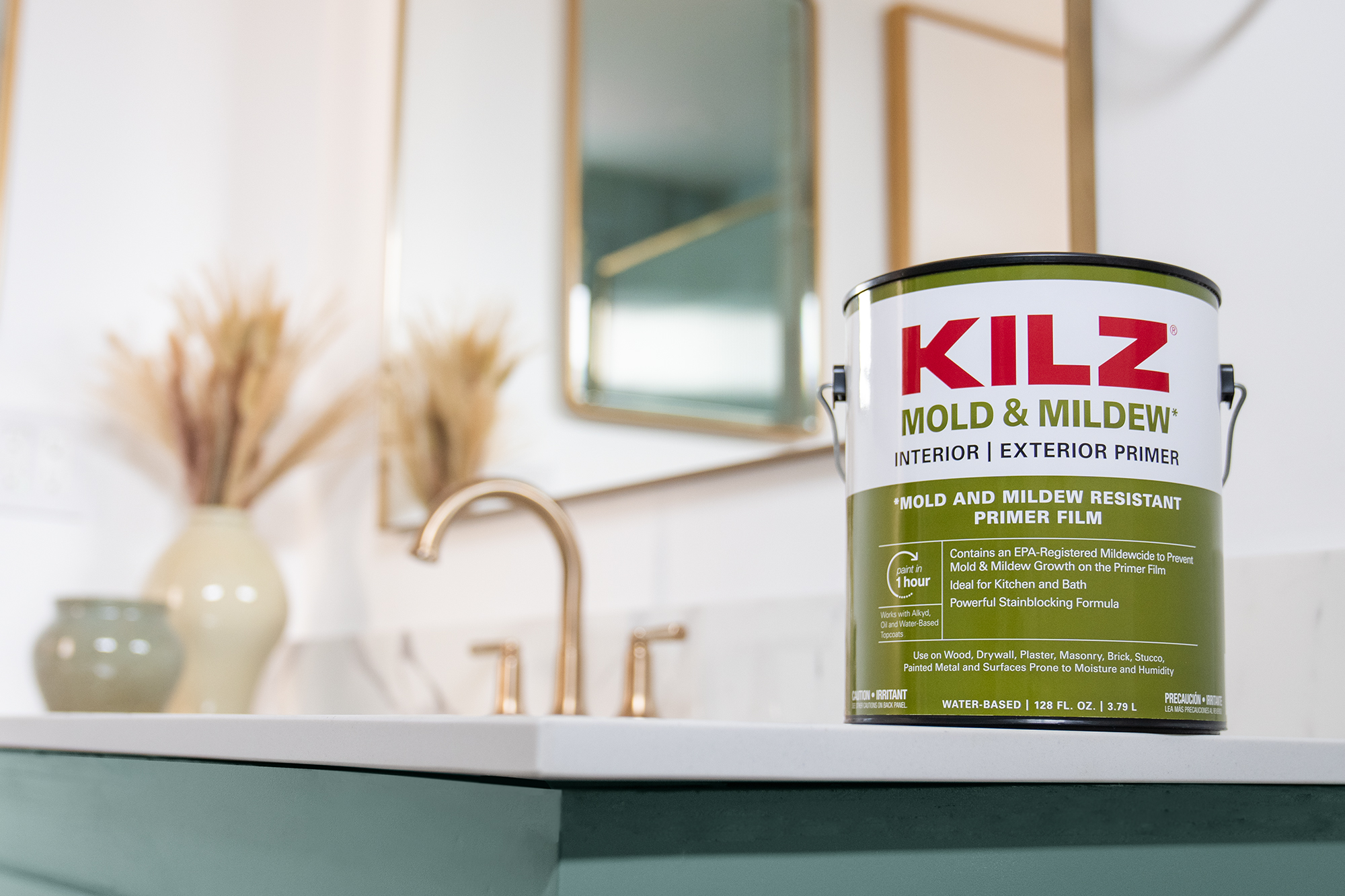
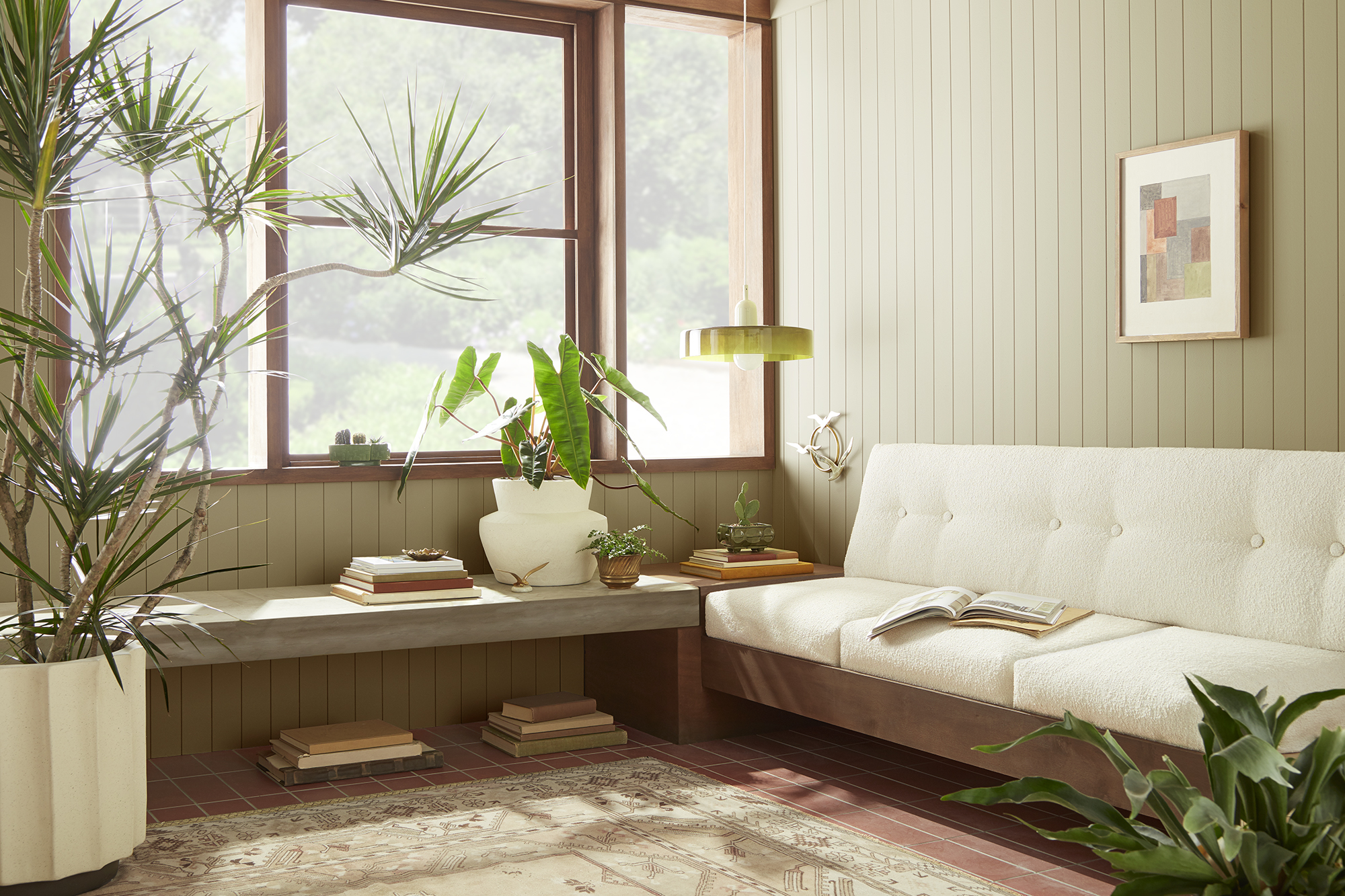

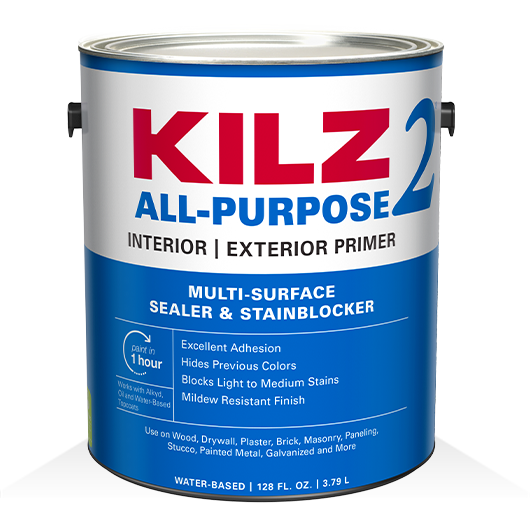
join the conversation:
SHARE this post:
COMMENTS: